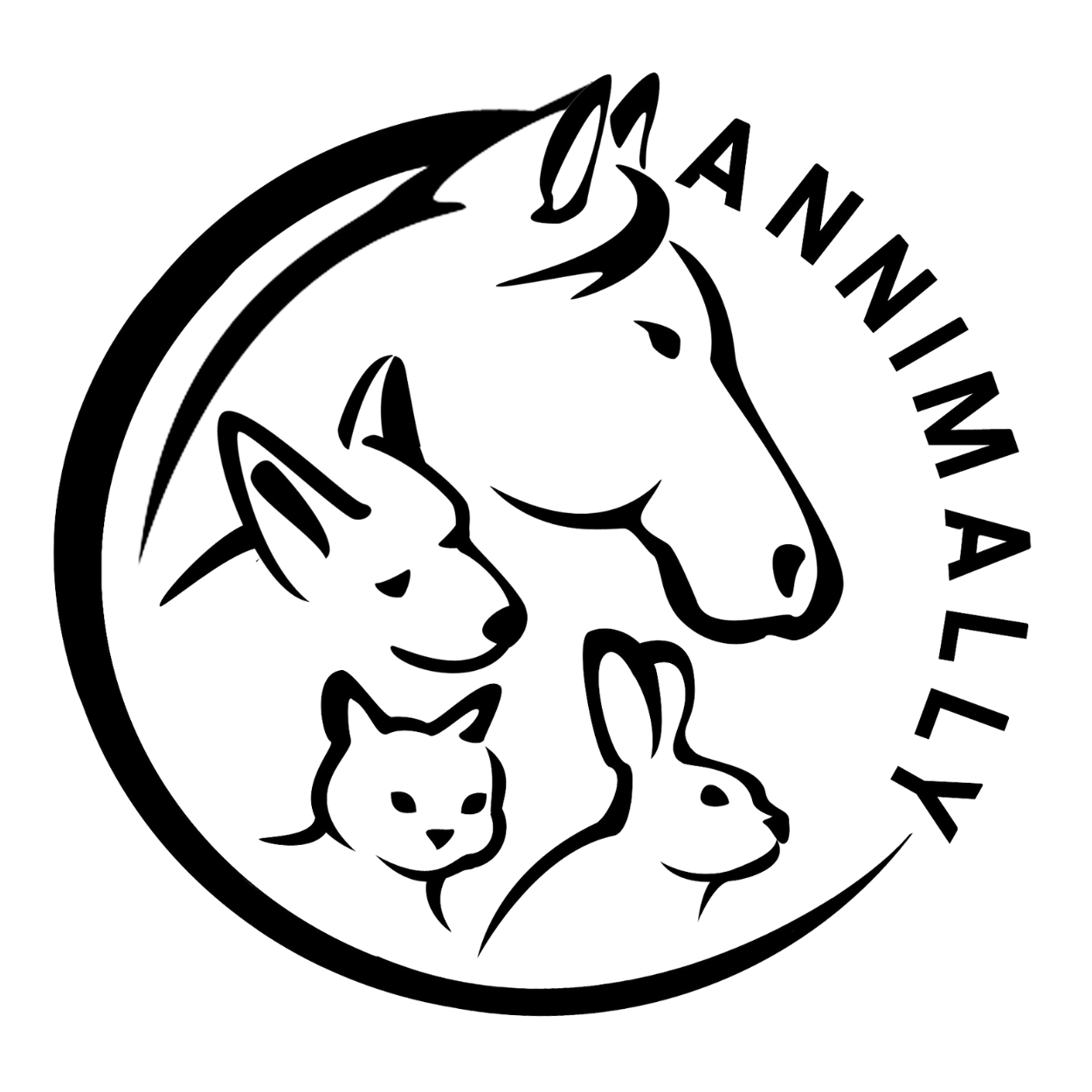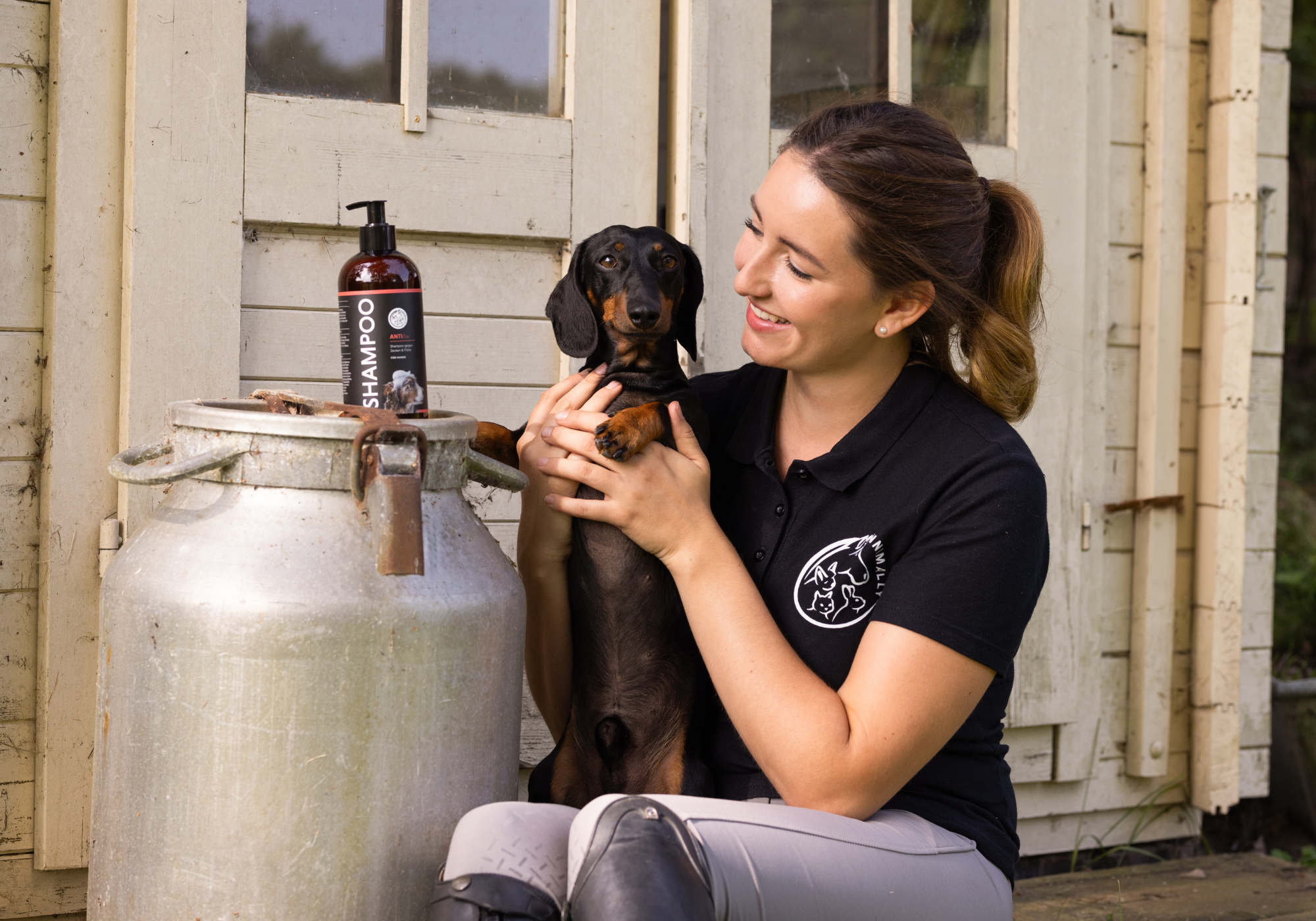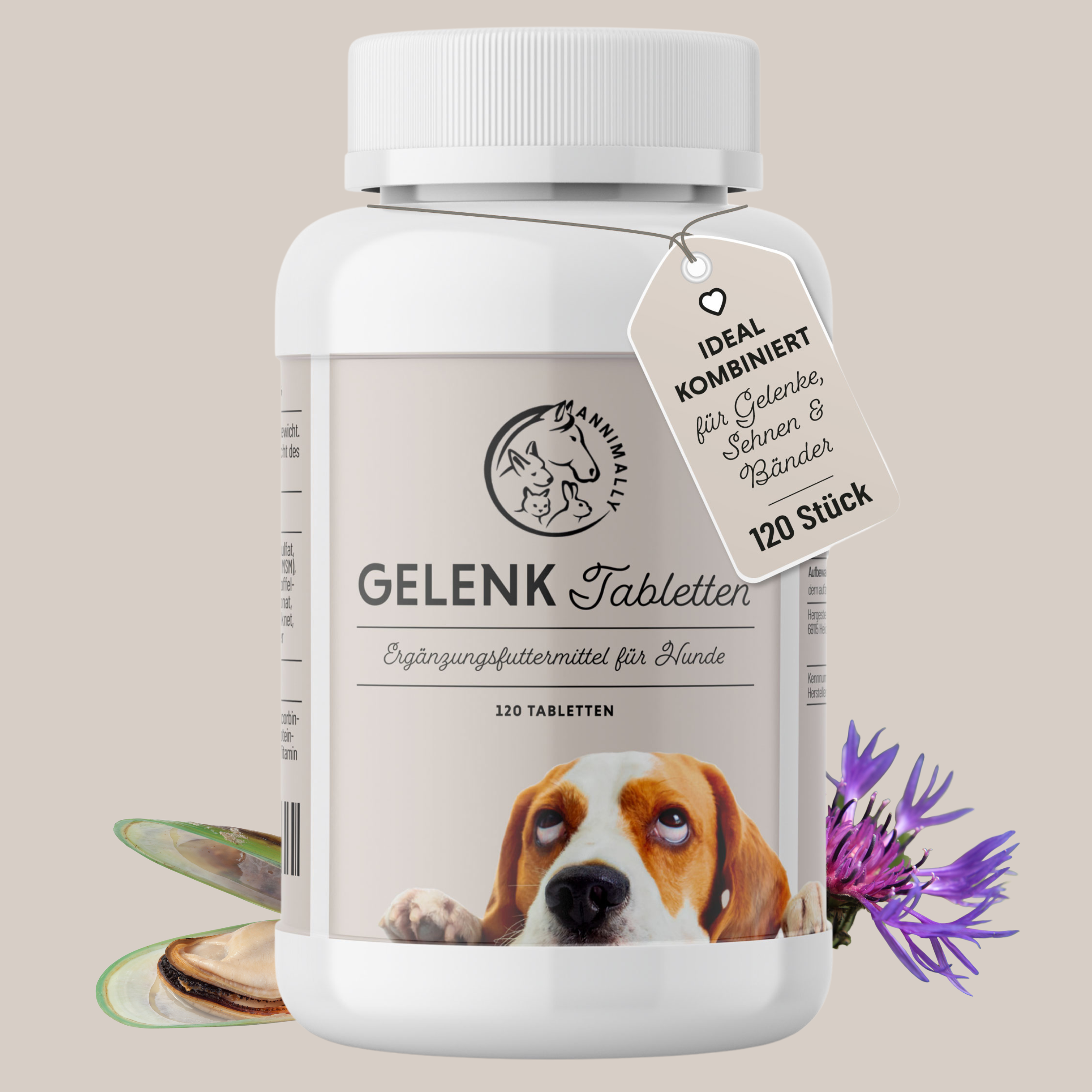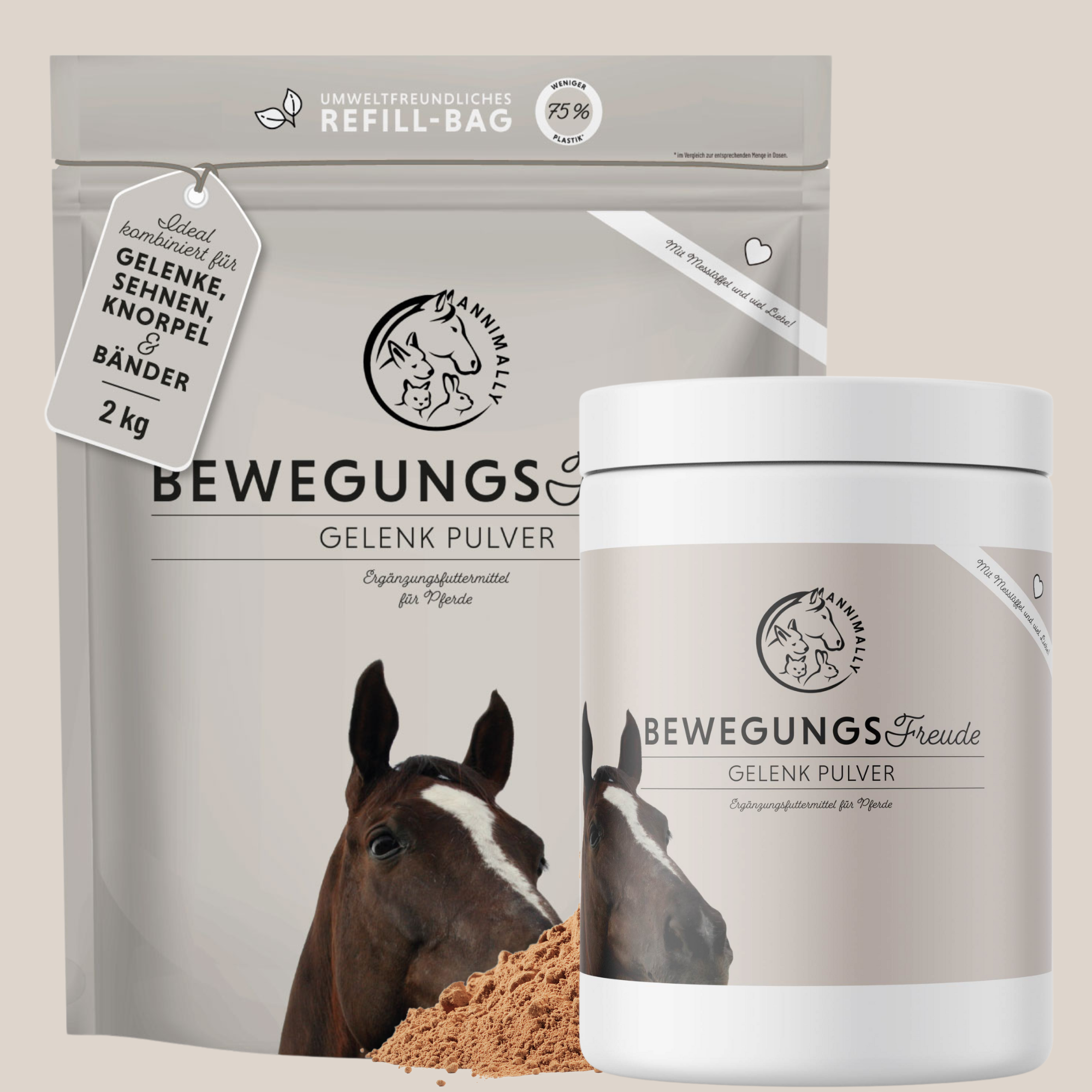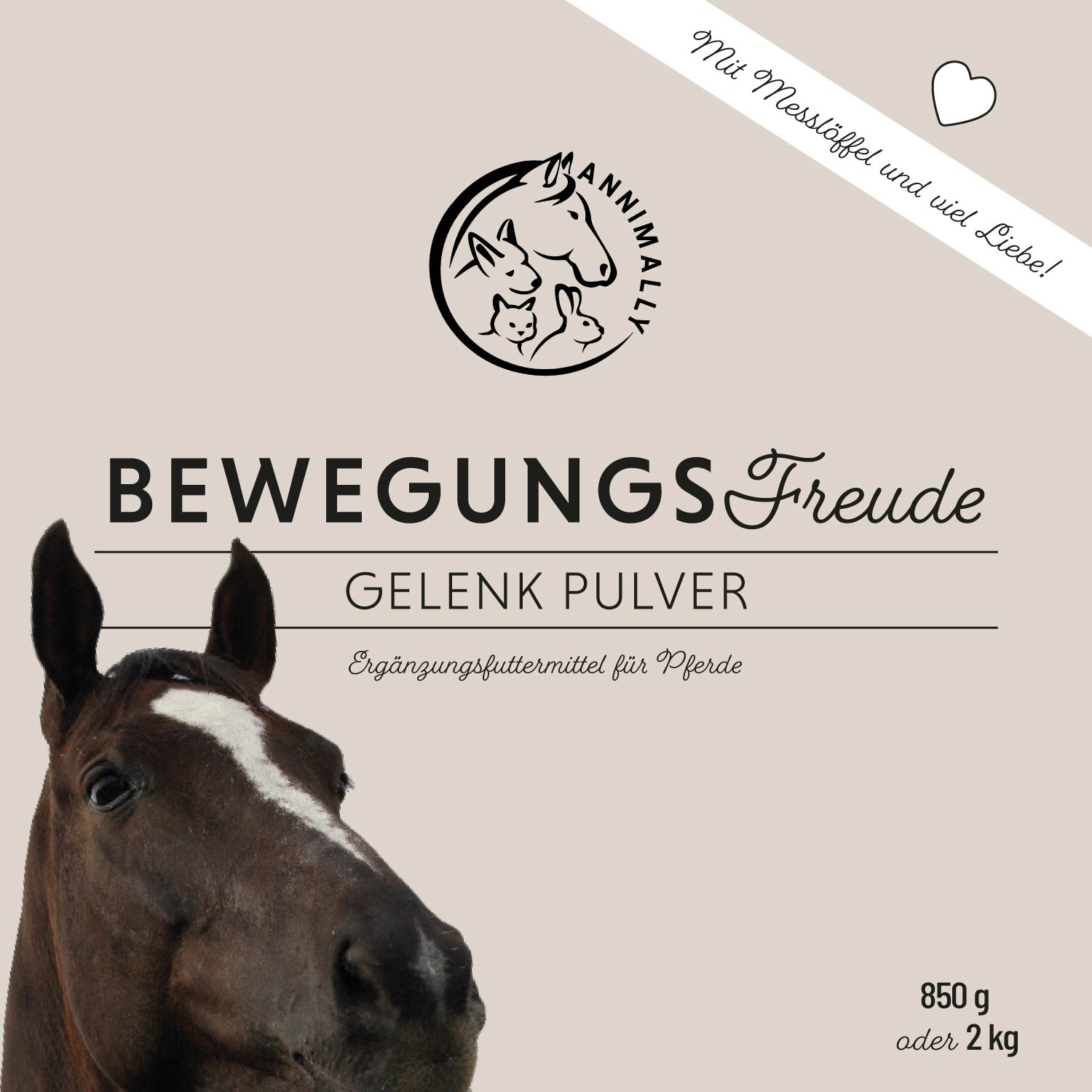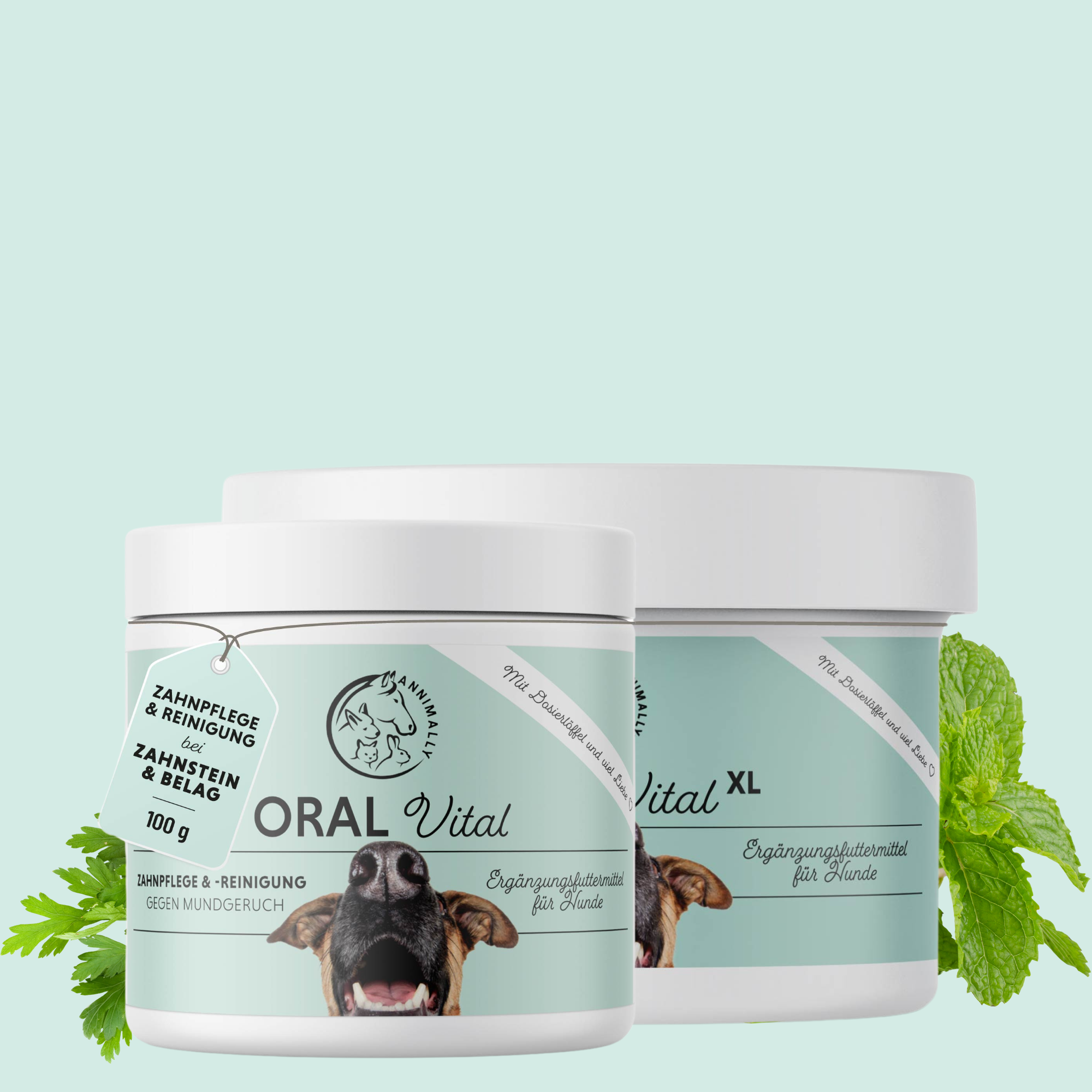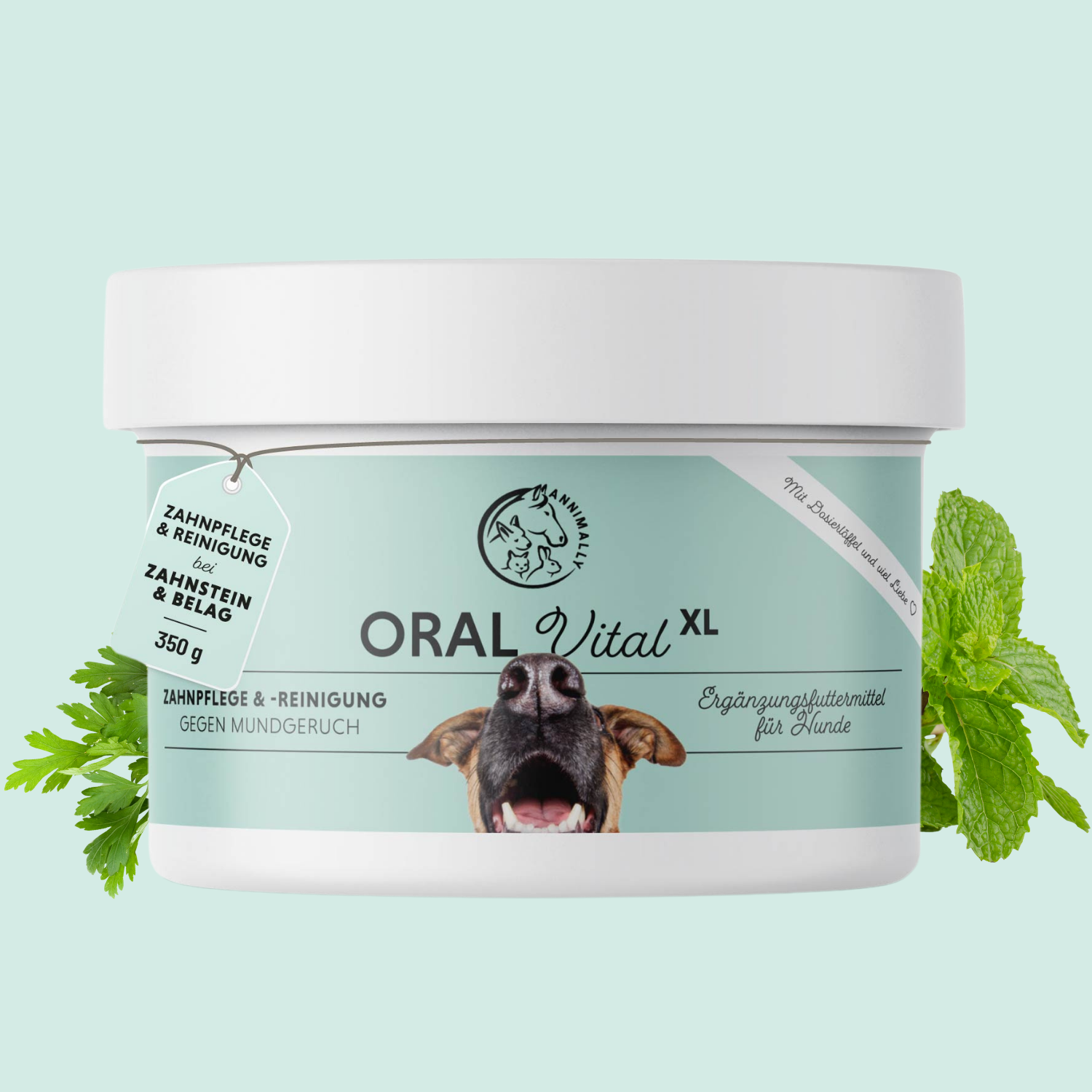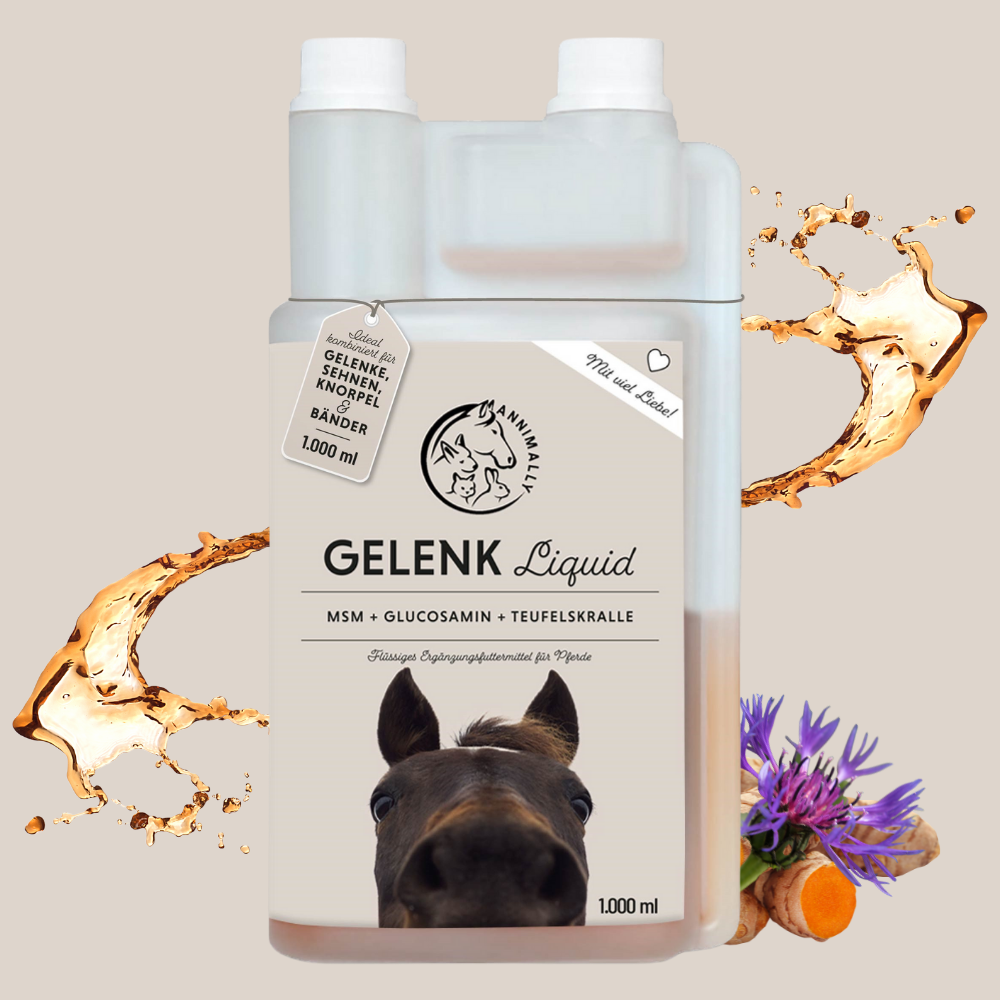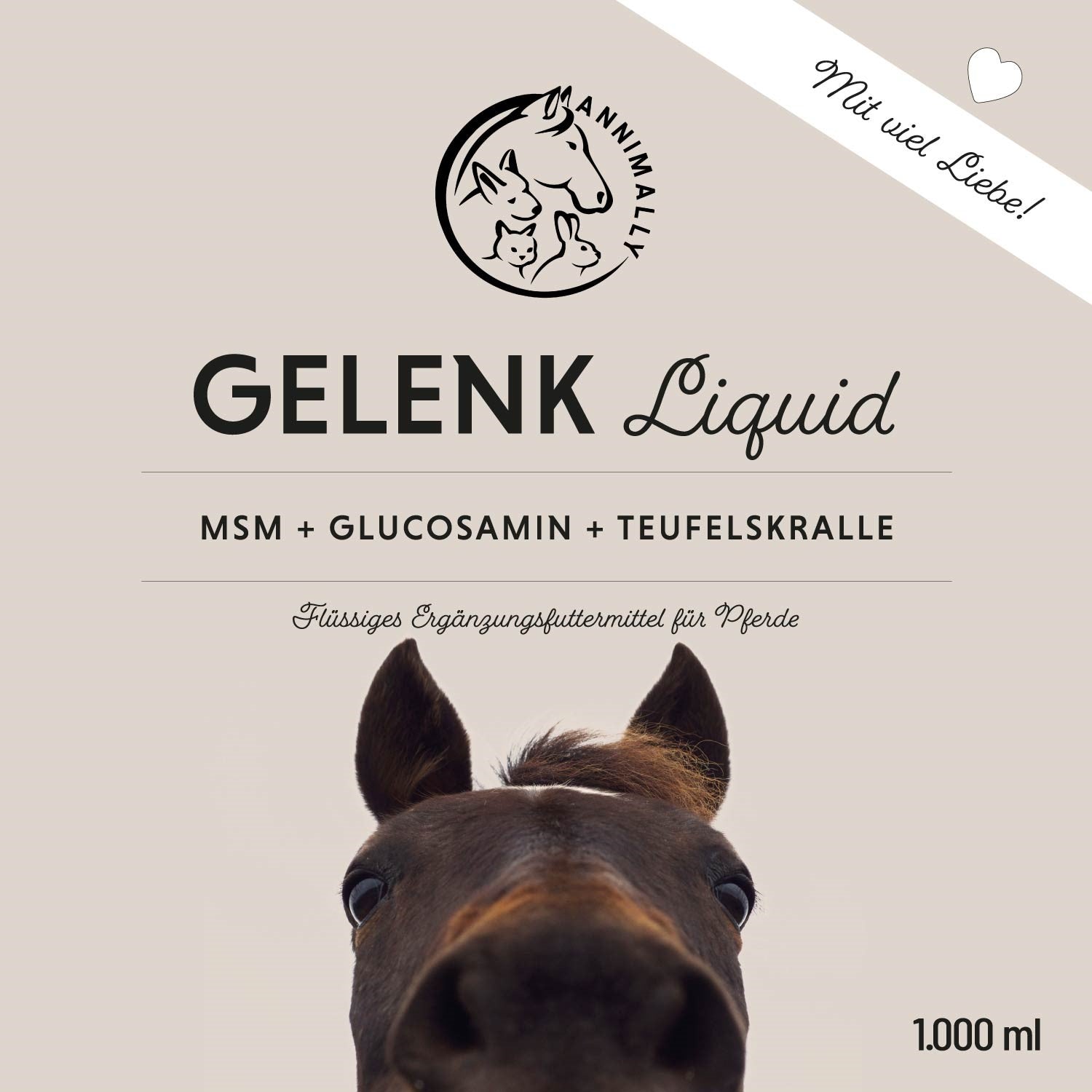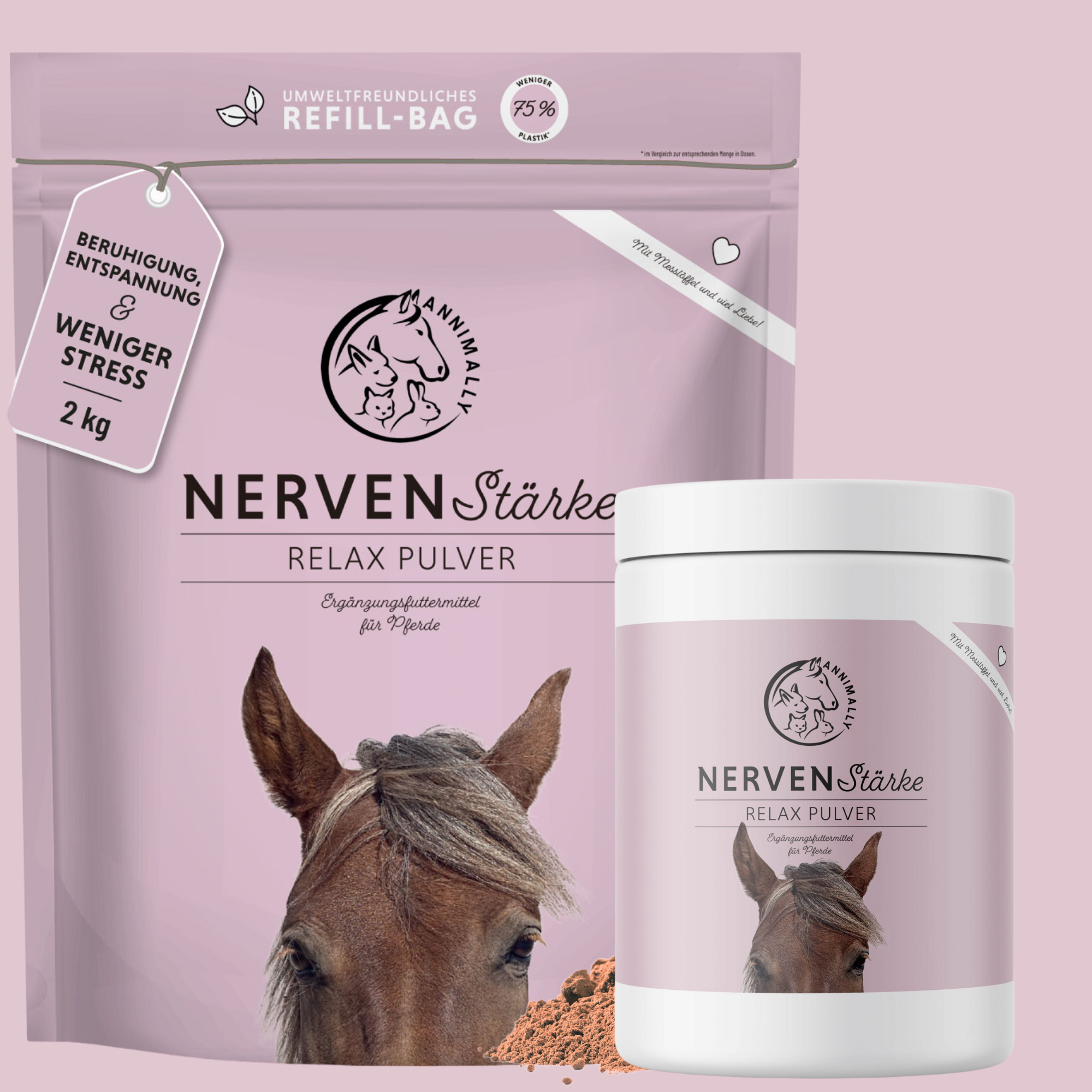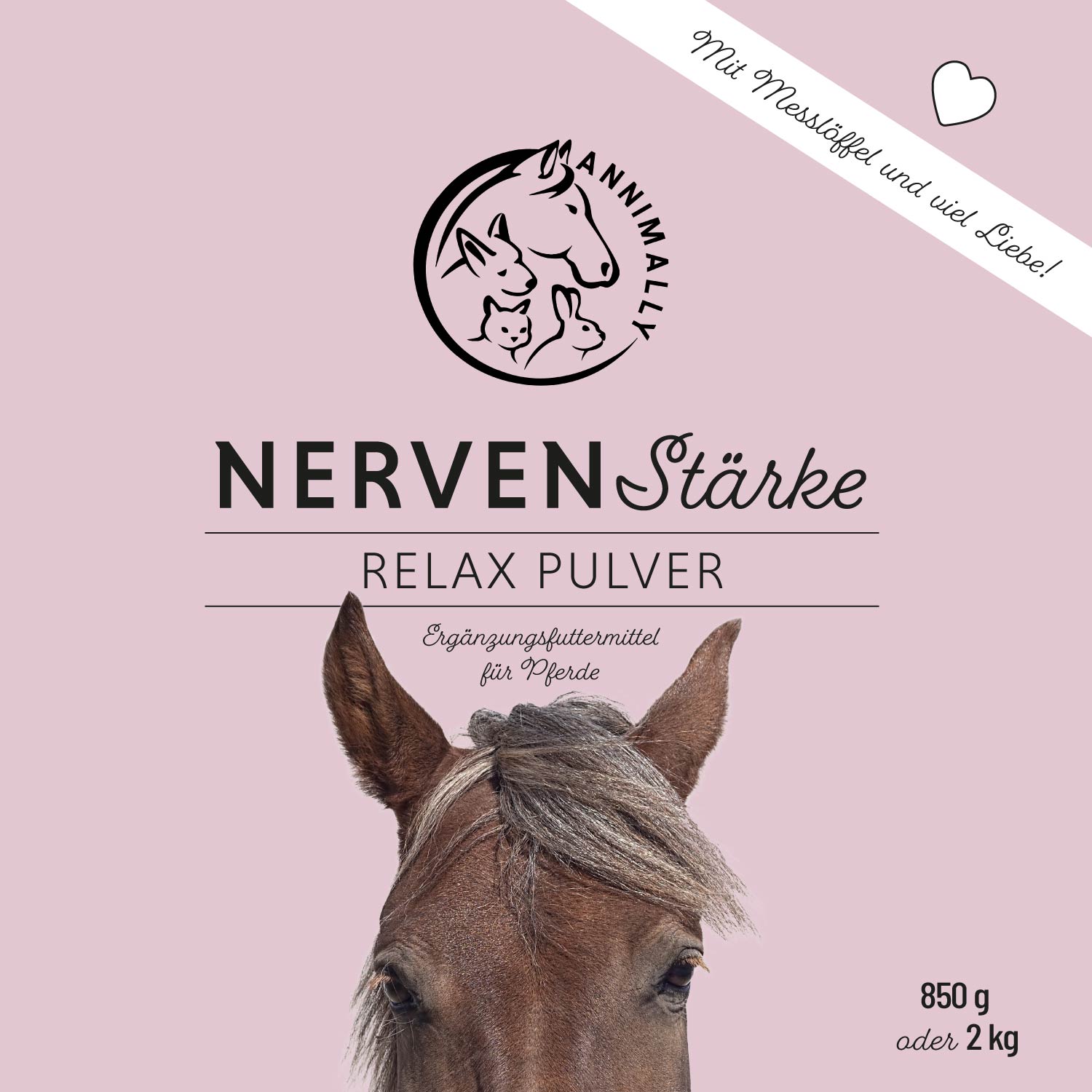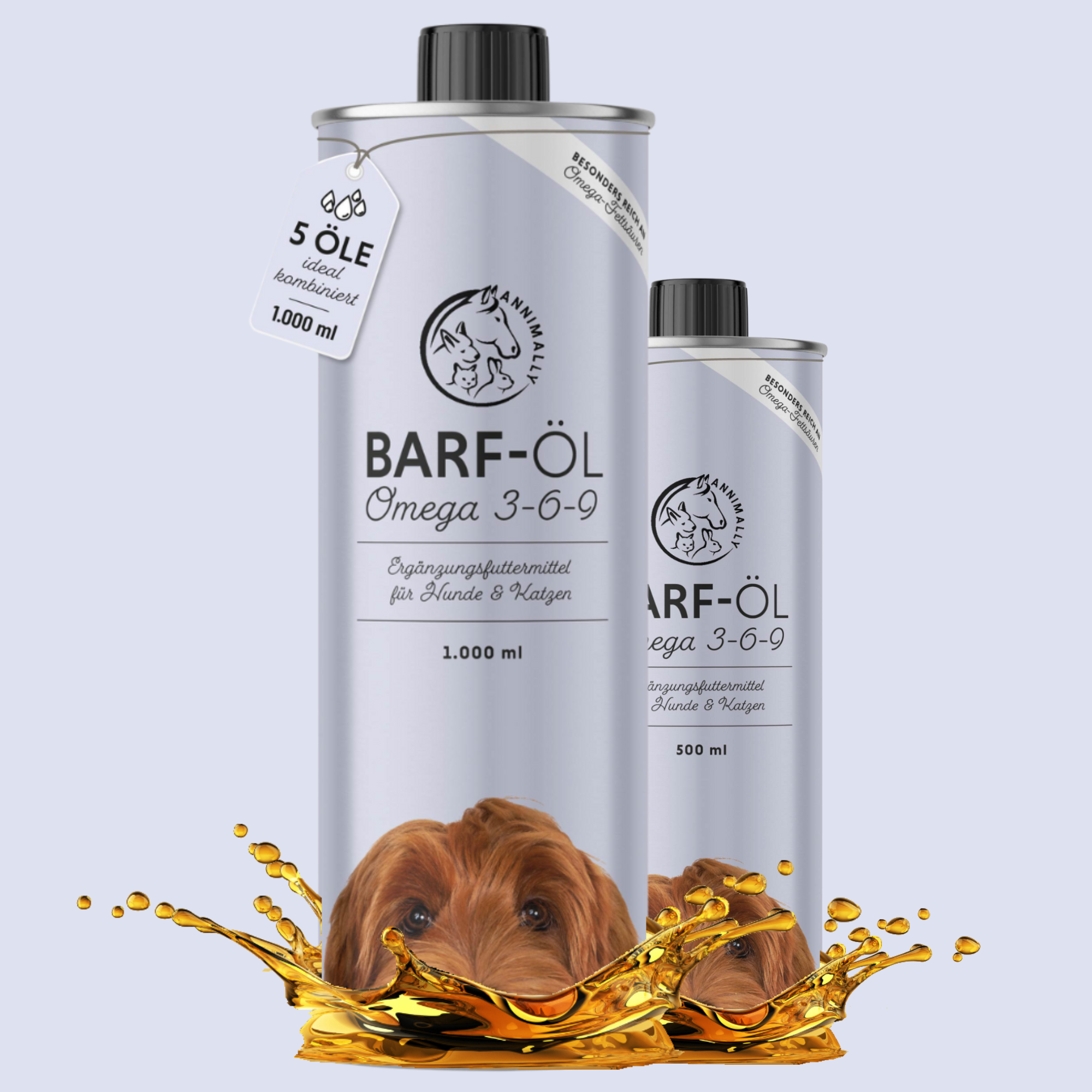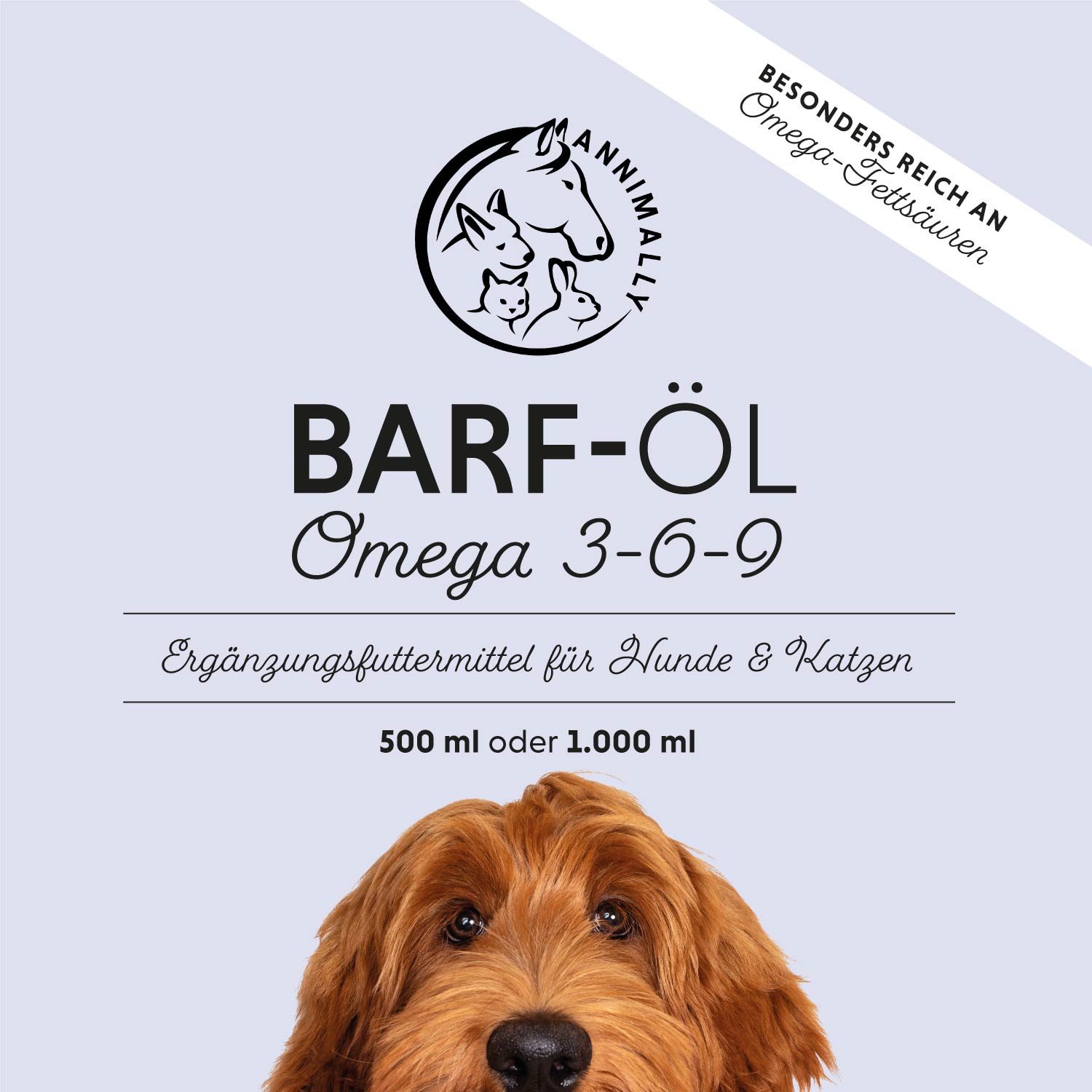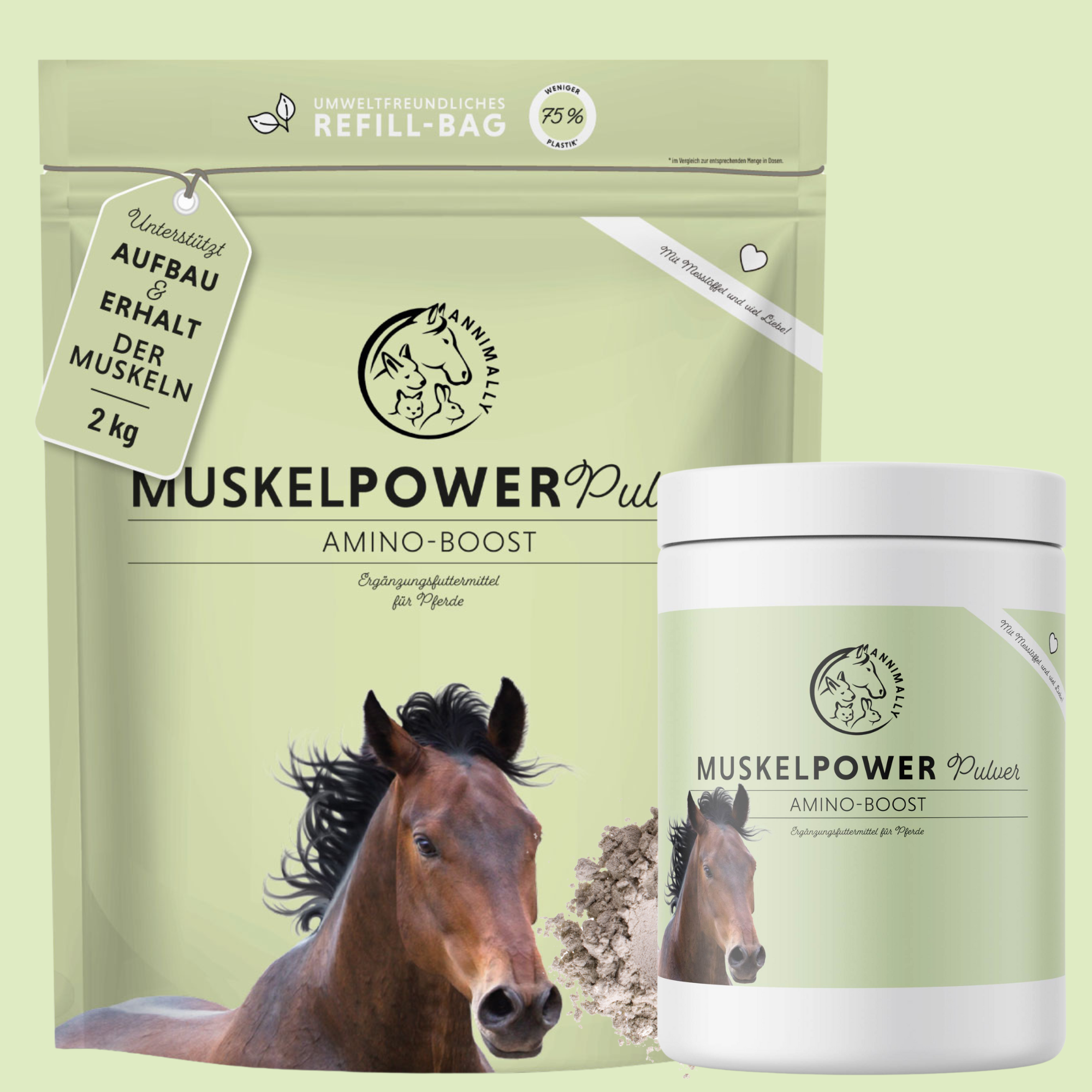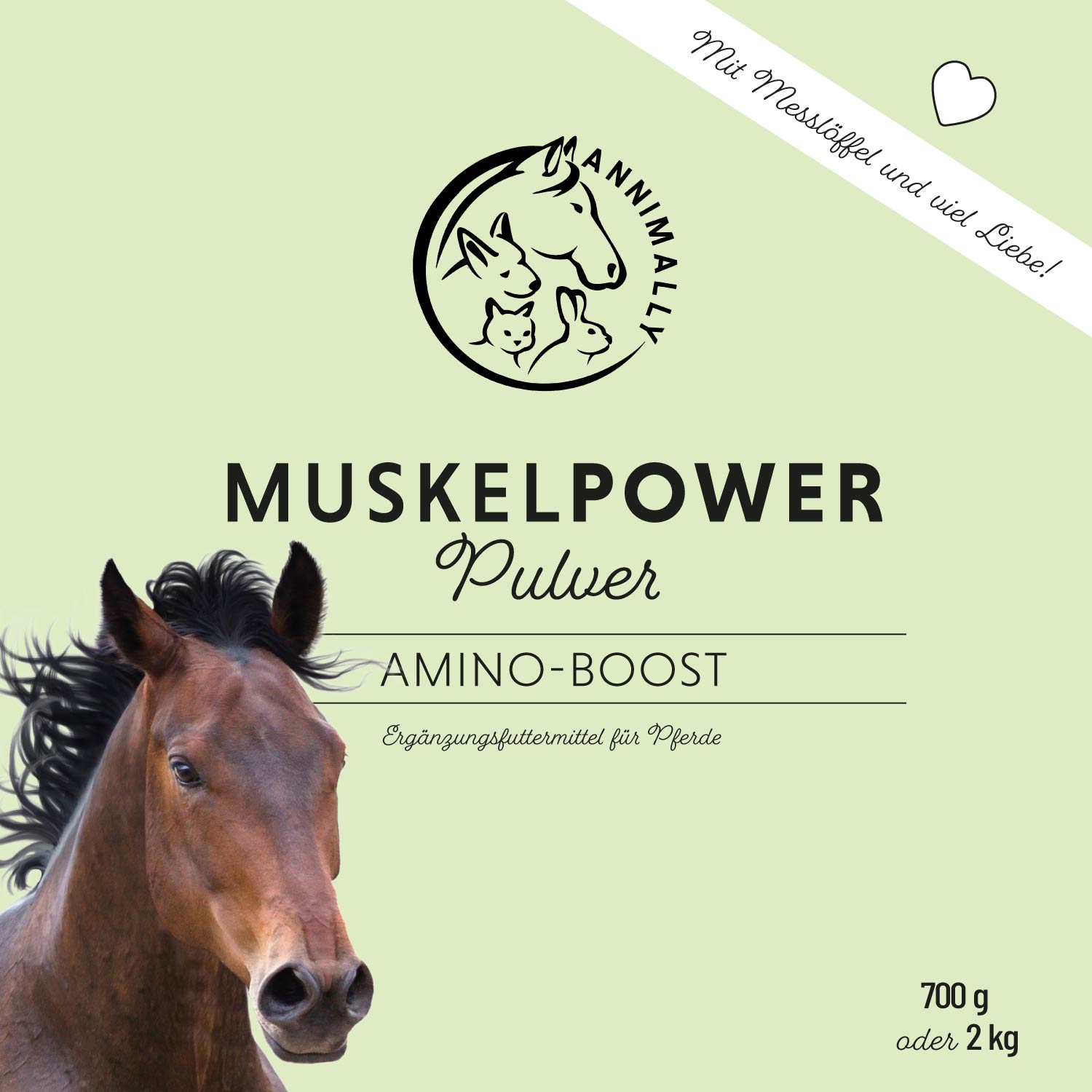Article: Can dogs eat oranges?

Can dogs eat oranges?
Dogs can eat a variety of different foods, including fruit. But that doesn't mean that all fruits are suitable for our four-legged friends. What about oranges - can dogs eat oranges?
The short answer: Yes, dogs can eat oranges. This citrus fruit is not toxic to dogs and most dogs can eat a few slices without problems. As with any human food, how much you feed your dog matters, as overdosing can lead to digestive and other health problems. Also, dogs suffering from certain diseases should keep their paws off this fruit.
What Are the Benefits of Oranges for Dogs?

Not only are oranges safe and delicious for dogs, this citrus fruit has some health benefits too! Oranges are a good source of fiber and are high in vitamin C, which can boost your dog's immune system and help ward off potential health problems. While it's true that dogs produce their own vitamin C, there's no harm in giving them an additional source of vitamin C. If your dog is frequently stressed or engaged in extreme activities, their liver may not be able to synthesize vitamin C, so eating oranges can significantly improve their well-being.
If your dog is overweight, an orange is a wonderful alternative to fattening dog treats. A few slices of this fruit will provide him with a sweet treat that won't negatively impact his diet.
Can eating oranges be dangerous for dogs?
Dogs should avoid orange peel. They're not terribly dangerous for dogs, but they're hard to digest and can cause nasty (and messy) indigestion.
If your dog is eating too many oranges, watch out for these signs and consult your vet if you are concerned about your dog's symptoms:
upset stomach:
For some dogs, oranges have too much sugar and can cause digestive or stool problems.
Diabetes Complications:
Dogs with diabetes should stay away from this sugary fruit as it spikes blood sugar levels.
Choking hazard:
Dogs can have trouble swallowing oranges if they aren't prepared properly. If pits or peels are still attached to orange slices, they should be removed to avoid a choking hazard.
Constipation:
At worst, your dog may accidentally eat an orange peel, causing a blockage in their digestive tract. This could require immediate emergency surgery.
Can puppies eat oranges?
Yes, puppies can eat oranges, but they can be more prone to gastrointestinal upset than adult dogs. Because of this, it is recommended that you only offer your pup a very small amount of oranges. As with adult dogs, the skin and seeds should be removed.
Can dogs eat orange peel?
No. Dogs should not eat the peel of the orange, the white coating on the flesh of the orange, or any other part of the plant. It is important to remove all traces of the skin, pulp and seeds as these parts can contain toxic compounds.
How many oranges can my dog eat?
When it comes to oranges, it's best to err on the side of caution. It may be that some dogs have a natural aversion to the tart smell and overpowering citrus of oranges.
A cup of orange slices contains about 17 grams of sugar and four grams of fiber. Due to the high sugar content, you should make sure that the fruity snack only accounts for 10% of the daily calorie intake for your orange-loving dog.
As with all sugary fruits and vegetables, oranges are not a good choice for dogs with diabetes.
Can dogs drink orange juice?

No, absolutely not. Orange juice is not suitable for dogs. The juice - even if it's natural - is a concentrated source of the sugars and citric acid from the fruit. Since dogs don't need the vitamins in oranges, orange juice won't help them either. Water is the best drink to keep your dog hydrated and healthy.
How should I introduce oranges to my dog?
Take it slow. Try feeding a single section to see its reaction. In general, most dogs do not like citrus fruits as these fruits tend to have a bitter taste.
In addition, citrus fruits contain a lot of acid, which can lead to diarrhea or vomiting. Try a slice of orange a day. Wait and watch. If you don't notice any signs of side effects, you can continue. But be careful not to feed too much.
Can Dogs Eat Other Citrus Fruits?
It depends. Tangerines are a citrus fruit that dogs can eat, but feed them sparingly and only the fleshy part. Like oranges, they are high in sugar and calories. Lemons, on the other hand, are so acidic that they should be avoided. To maintain your dog's health, you should always research any fruit or food before giving it to your dog.
What about clementines and tangerines?
Tangerines and clementines both belong to the mandarin family and the same rules apply to these fruits as to oranges. Your dog can eat clementines and tangerines as long as you peel them first and watch the amount you give them.
Clementines and tangerines tend to be sweeter, so you should be careful with dogs who should avoid eating foods that spike blood sugar. Only give these fruits to dogs that do not have any health problems. Never feed more than half a fruit to a smaller dog and a whole tangerine or clementine to larger dogs.
